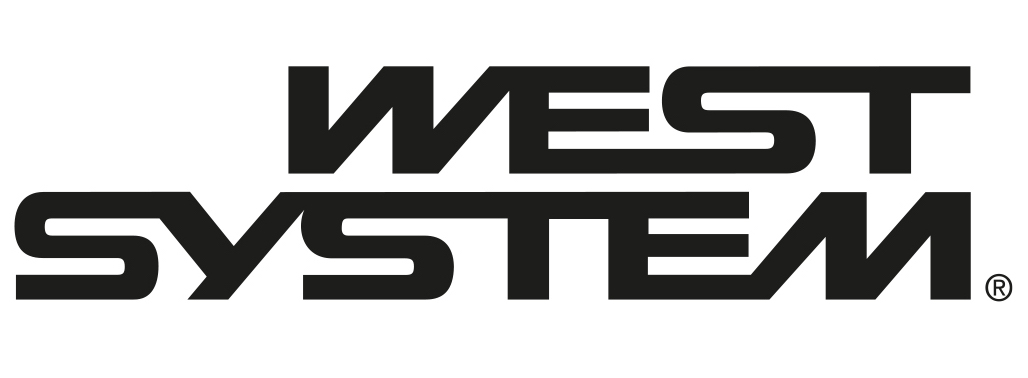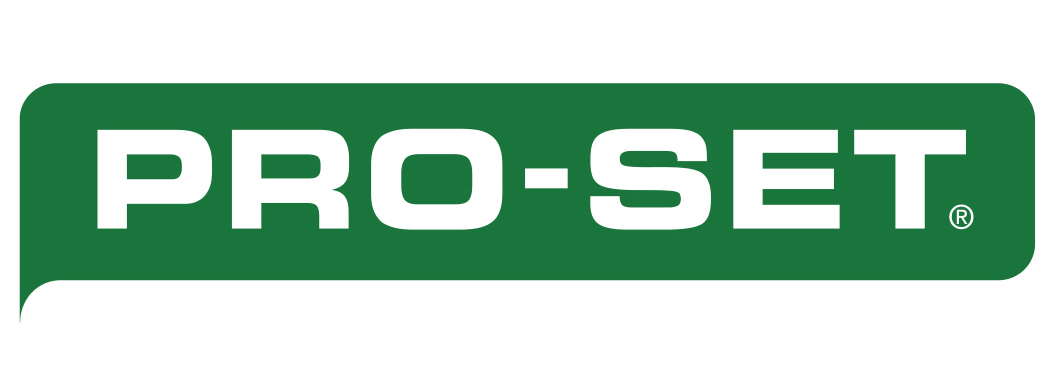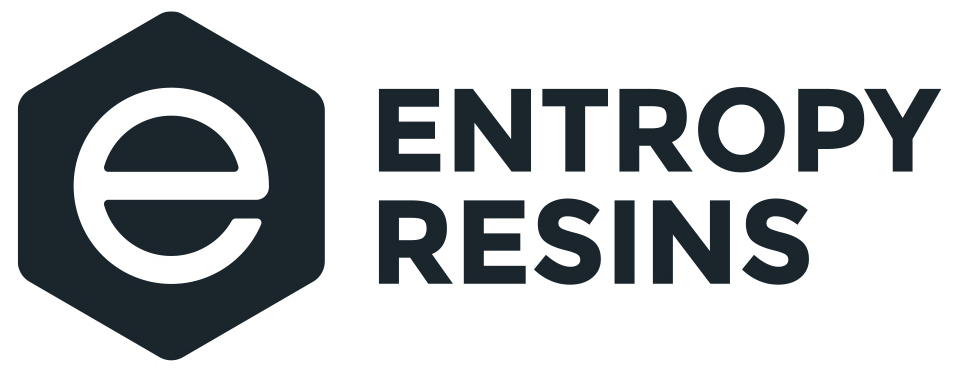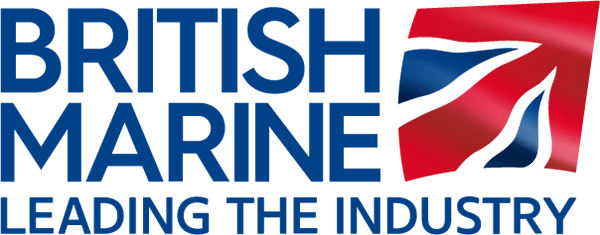How to use Pro-Set Epoxy
Surface prep for Secondary bonding
The success of secondary bonding depends not only on the strength of the epoxy, but also on the ability of the epoxy to mechanically key into the surface of the material.
Achieving a good bond is actually a mechanical, rather than a chemical concern. If you are bonding to a surface that has not been properly prepared with release fabric, we recommend following these surface preparation steps.
1. Removing amine blush
Amine blush is a by-product of the epoxy curing process. This wax-like film may form during the initial cure phase. The blush is water soluble and can easily be removed, but can clog sandpaper and inhibit subsequent bonding if not removed. To remove the blush, wash the surface with clean water and an abrasive pad. We recommend 3M Scotch-Brite™T 7447 General Purpose Hand Pads. Dry the surface with plain white paper towels to remove the dissolved blush before it dries on the surface. After washing with the abrasive pad, the surface should appear dull. Sand any remaining glossy areas with 80-grit sandpaper. If a release fabric is used, amine blush is removed when the release fabric is removed.
2. Cleaning
Surfaces must be free of any contaminants such as grease, oil, wax or mould release. Clean contaminated surfaces with silicone and wax remover or acetone. Wipe the surface with clean paper towels before the solvent dries. Clean surfaces before sanding to avoid sanding the contaminant into the surface.
Caution: Provide plenty of ventilation and follow all safety precautions when working with solvents.
3. Drying
Bonding surfaces must be as dry as possible for good adhesion. If necessary, accelerate drying by warming the bonding surface with hot air guns or heat lamps. Use fans to move the air in confined or enclosed spaces. Watch for condensation when working outdoors or whenever the temperature of the work environment changes.
4. Sanding
Sand non-porous surfaces (metal, FRP laminate, cured epoxy, hardwoods, etc.) thoroughly to obtain an abraded surface. 80-grit aluminium oxide paper will provide a good texture for the epoxy to key into. Be sure the surface to be bonded is solid. Remove any flaking, chalking or blistering before sanding. Laminate surfaces can be textured by using release fabric during fabrication. This may eliminate the need for additional sanding. For your safety, wear a dust mask then remove all dust after sanding.




